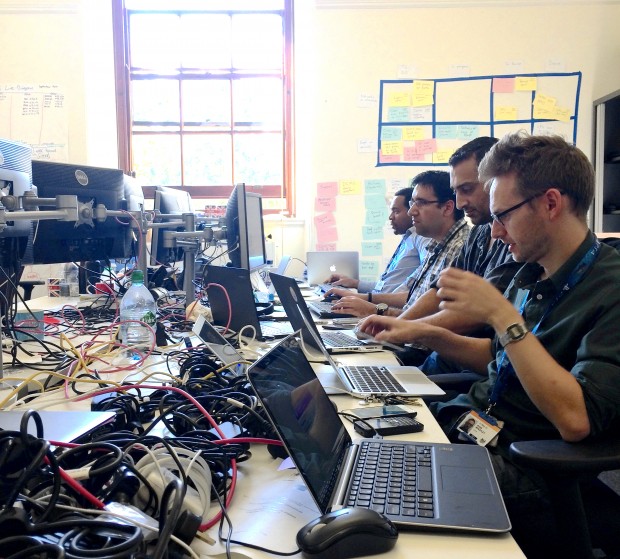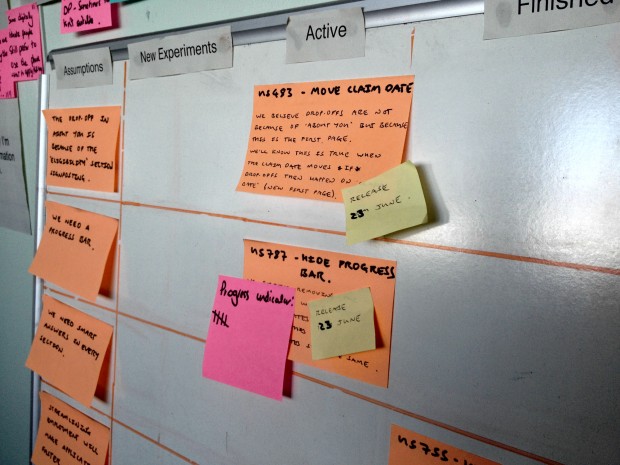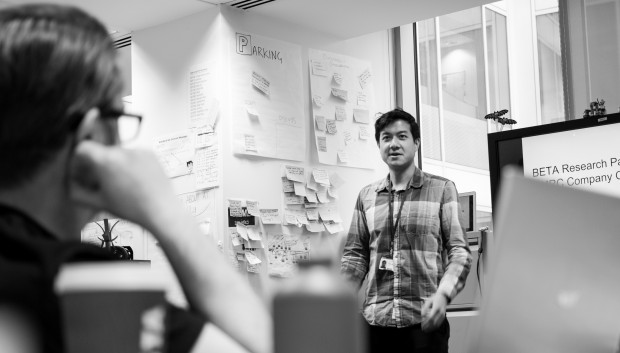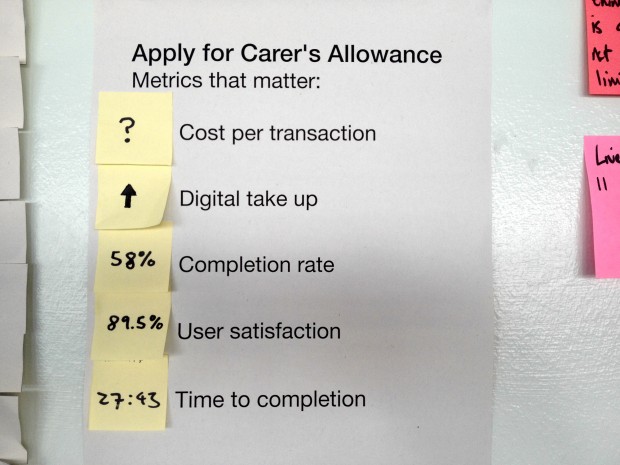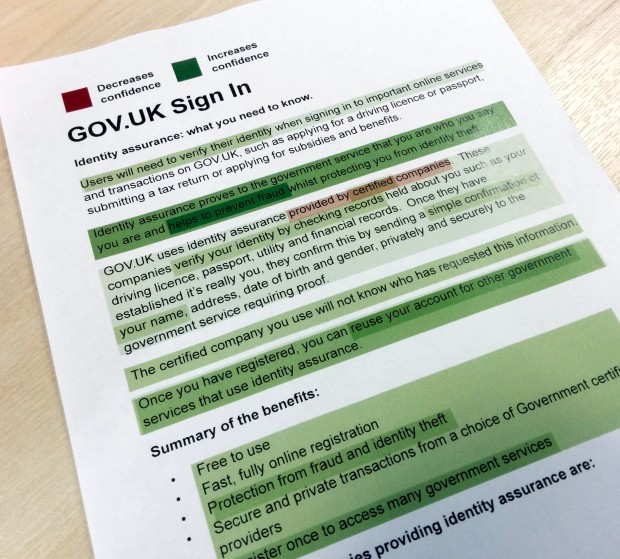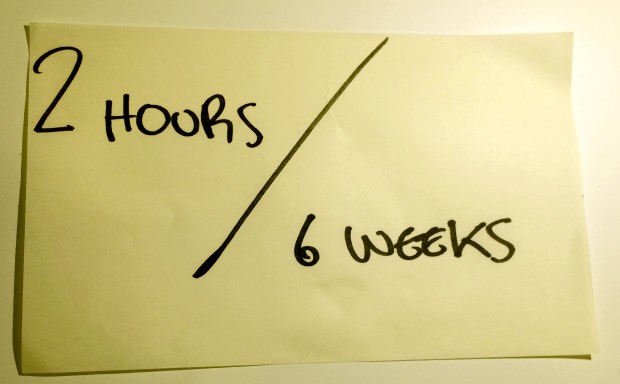The Cabinet Office Technology Transformation programme was set up in late summer 2013. Our primary mission was to replace the Cabinet Office’s current IT system with modern and flexible technology that’s at least as good as that used by people …
The 24th criteria of the Digital by Default Service Standard asks teams to have a plan to achieve high digital take up. This is sometimes known as ‘channel shift’ - trying to move people into the digital channel, then keeping …
Here’s an example of a change we’ve made to the Carer’s Allowance service to help to make it clearer, faster, and simpler for users.
In the book 'David & Goliath: Underdogs, Misfits and the Art of Battling Giants', Malcolm Gladwell uses the illustration of an Inverted-U curve.
Data shows us what’s happening in a live service. By using data, we design user research that helps us understand why it’s happening.
If you're doing qualitative design research, don't worry about sample size. Sample size and statistical significance don't matter*.
A lot of teams aren't used to having a user researcher embedded full time.
When building a digital-by-default service like Carer’s Allowance, we’re continuously designing, testing and releasing changes to the live service to improve it and better meet user needs.
I've been working with our content designers to refine content that explains the Identity Assurance service.
User research may be a team sport, but it’s not uncommon to be the only user researcher in your team.
